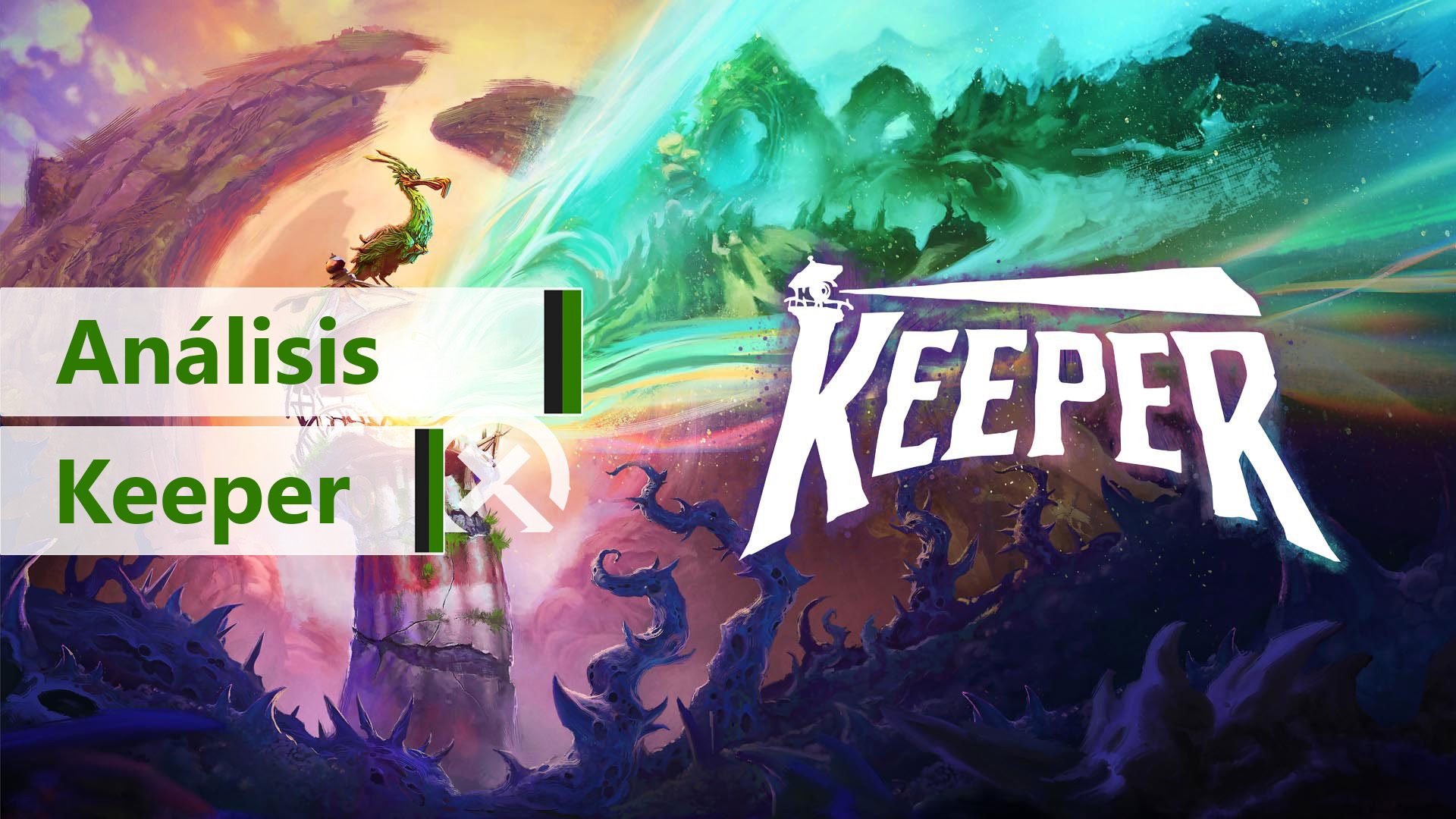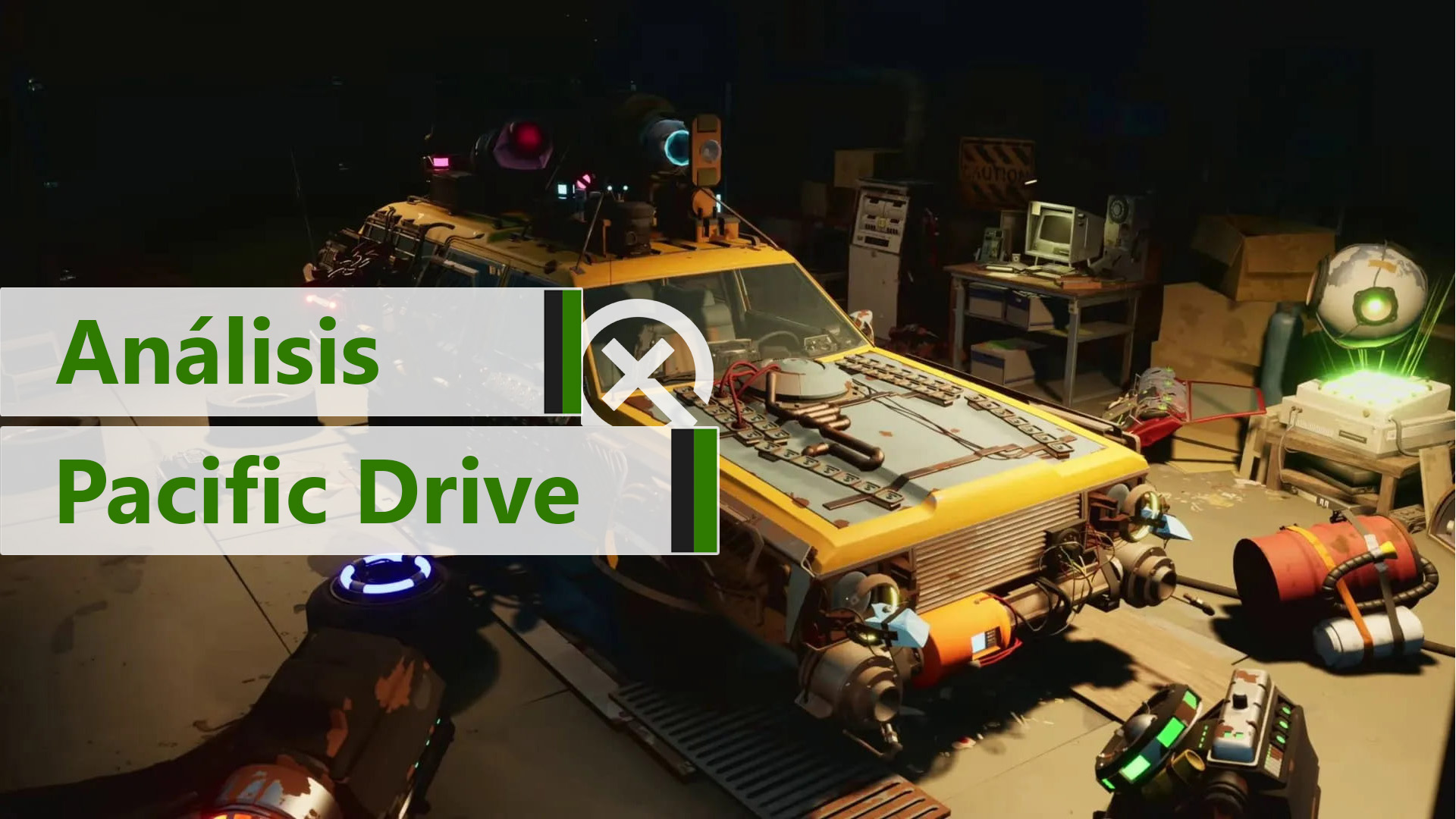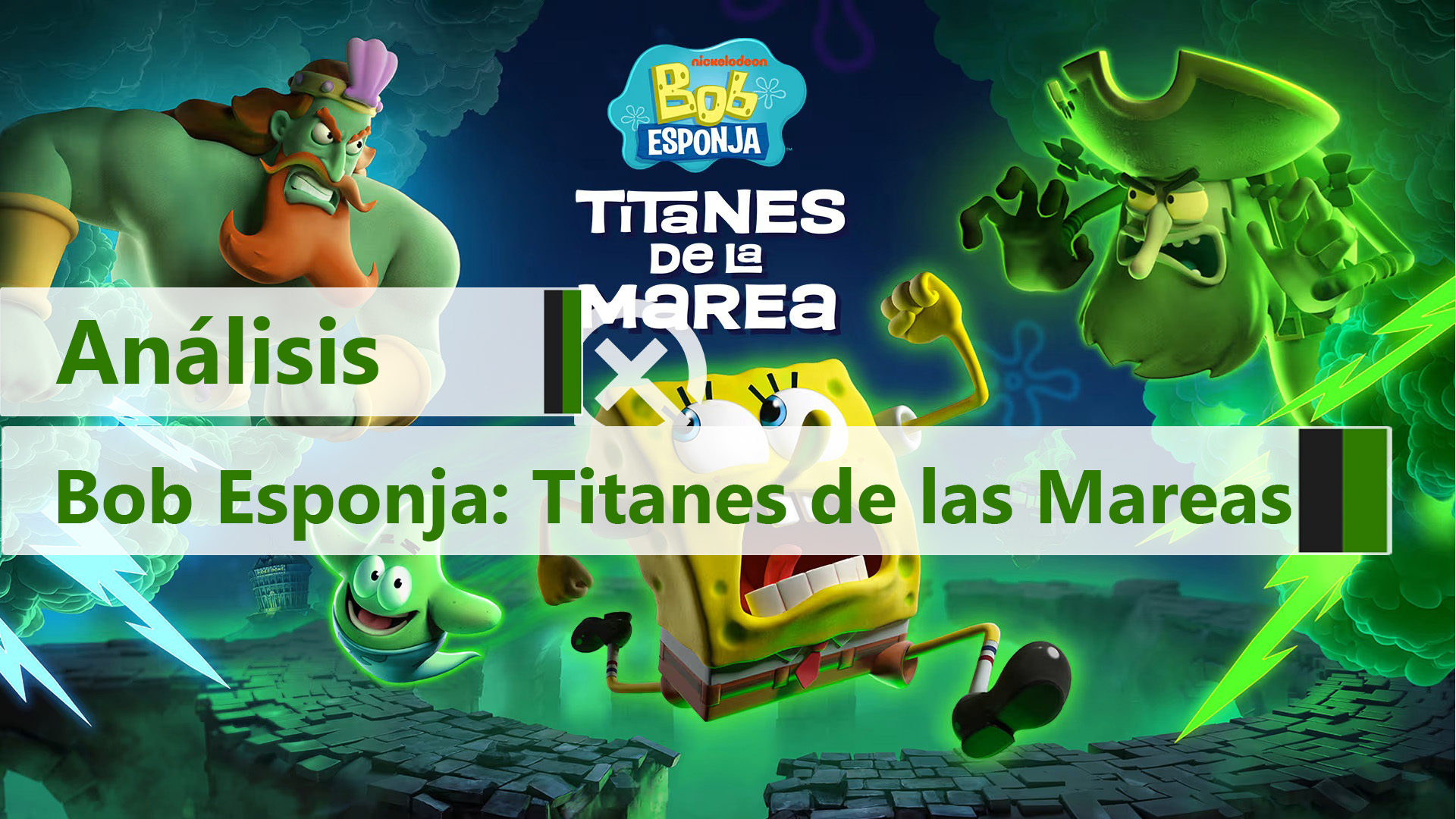We analyze Keeper, one of the titles that arrives on Xbox and Game Pass before closing October.
Take a look at these other reviews
- Review of Virtua Fighter R.E.V.O World Stage – The return of a pioneer
- Review of Pacific Drive for Xbox Game Pass – Accelerating in another dimension
- Review of SpongeBob: Tide Titans – The return to Bikini Bottom gets more epic than ever
| Don't miss anything and follow us on Google News! |
I’ve been playing video games for over three decades, and in that time, I’ve had the chance to embody different types of characters. However, I’m certain that I’ve never embarked on an adventure with a lighthouse on legs, and I didn’t think I’d enjoy the experience as much as I did (yes, I know I’m getting ahead of the rest of the analysis, but why hide it?).
So, what’s Keeper all about? Well, first and foremost, it’s essential to note that the game is the brainchild of DoubleFine, Lee Patty, and the mastermind behind the studio, the beloved Tim Schafer. The adventure puts the player in the role of a lighthouse that must traverse a strange land alongside its companion, Ramita, a bird that will help with certain puzzle resolutions and accompany the protagonist until nearly the final phase.
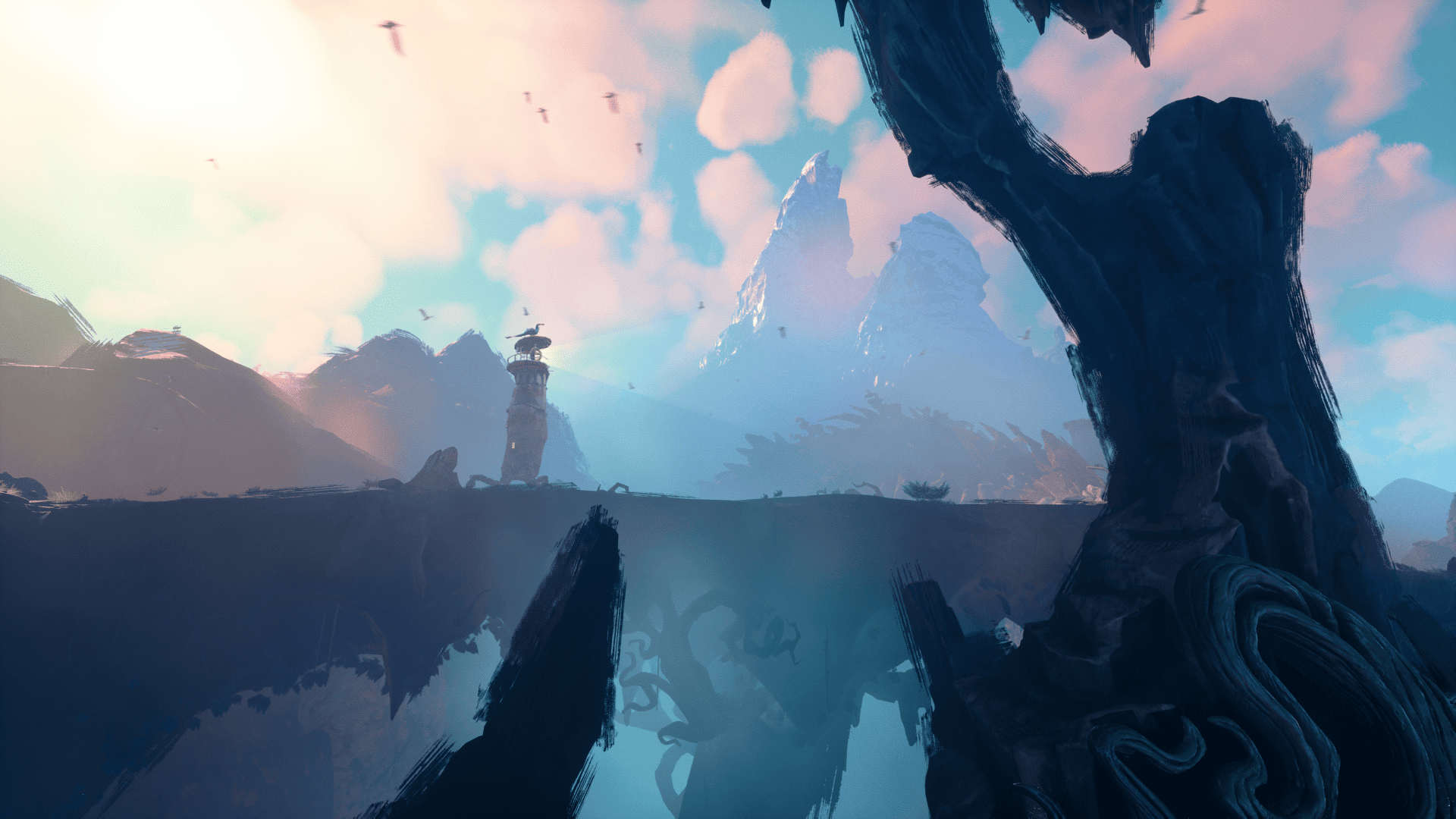
DoubleFine always bets on the extravagant, as we’ve seen with Psychonauts 2 recently, but this time, the strange is also almost indescribably beautiful. The story, from start to finish, between the two companions and their journey, is narrated without a single word, everything is image and sound with a quality that has nothing to envy a triple-A production.
Keeper is a story you never expected to play, but it feels great at every moment. If you don’t believe me, throughout this analysis, I’ll be telling you the reasons why the game is one of the essentials of 2025. Don’t be afraid of the darkness; there’s always a light somewhere.
Technical Section
The Unreal Engine 5.5 continues to showcase its technical capabilities, and in Keeper, this translates to a truly beautiful aesthetic. Although it doesn’t have a photo mode, the game’s minimalist graphical interface makes each segment a genuine work of art. Regardless of where the protagonist goes, the wave of color seems to transcend the screen’s threshold in a fantastic way. Truly, each scenario is a visual luxury.
Complementing this aspect and creating a perfect atmosphere for the story’s pillars, the sound quality is not far behind, although, in my opinion, it’s slightly below the visual aspect, which sets the bar in the stratosphere. The orchestral melodies and even the most dignified traditional heavy metal riffs build an imposing ambiance in key moments of the story. However, some more electronic songs are out of place at times.
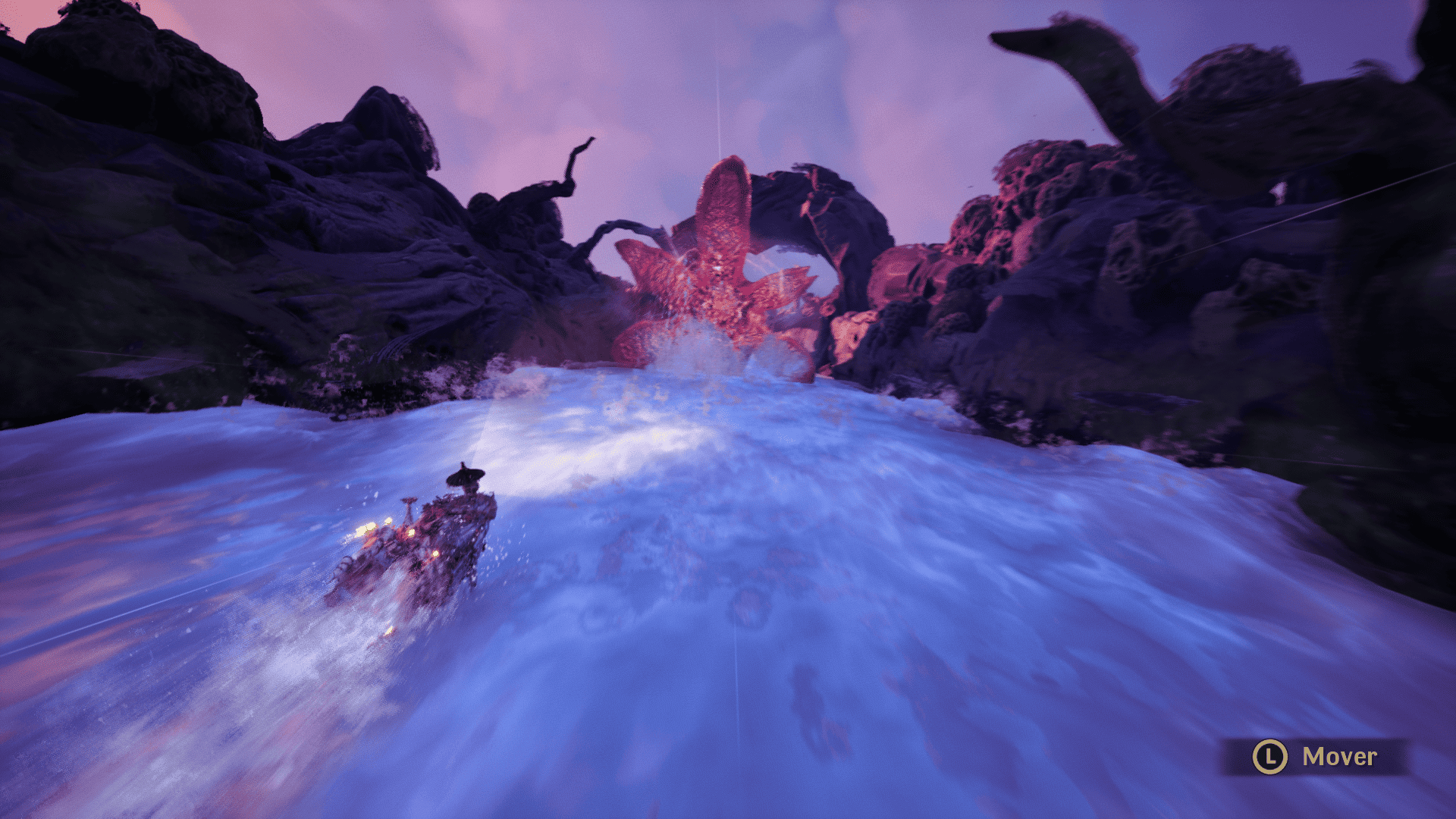
The game is completely localized in Spanish, although, as I highlighted in other sections, there is no dialogue, only indications for sending Ramita or performing certain movements with the controls to manipulate levers or handles. Good news within this framework is that all the linguists who worked on the production were properly named in the credits, which represents a significant advance by the agency in charge of localization.
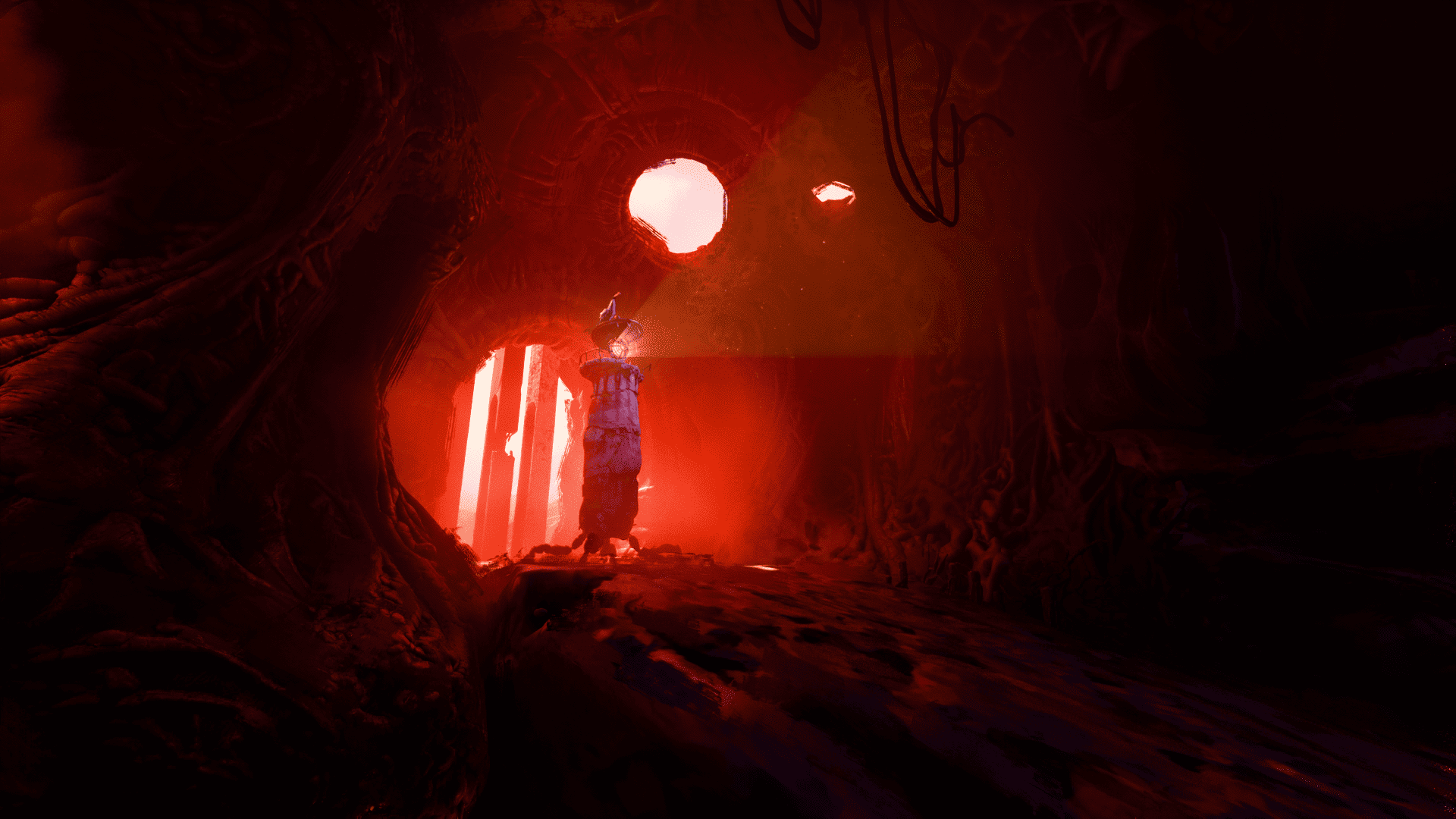
Gameplay
The title presents a very simple gameplay that consists of traversing the mysterious land where the story takes place in a fairly straightforward way. The beloved lighthouse protagonist can focus its light on specific points that will ward off the darkness and open up a new section of the level. In many cases, Ramita’s help will be necessary to move switches or weigh down certain platforms, allowing the player to reach new destinations, always with the ultimate goal of reaching the highest mountain in the area.
Without wanting to spoil too many surprises, it’s necessary to clarify that when it’s mentioned that the protagonist is “a lighthouse,” this is only correct for some levels, as the adventure’s own twists and turns will transform the lighthouse into a boat, just a light, and even a kind of wooden Pegasus with wings.
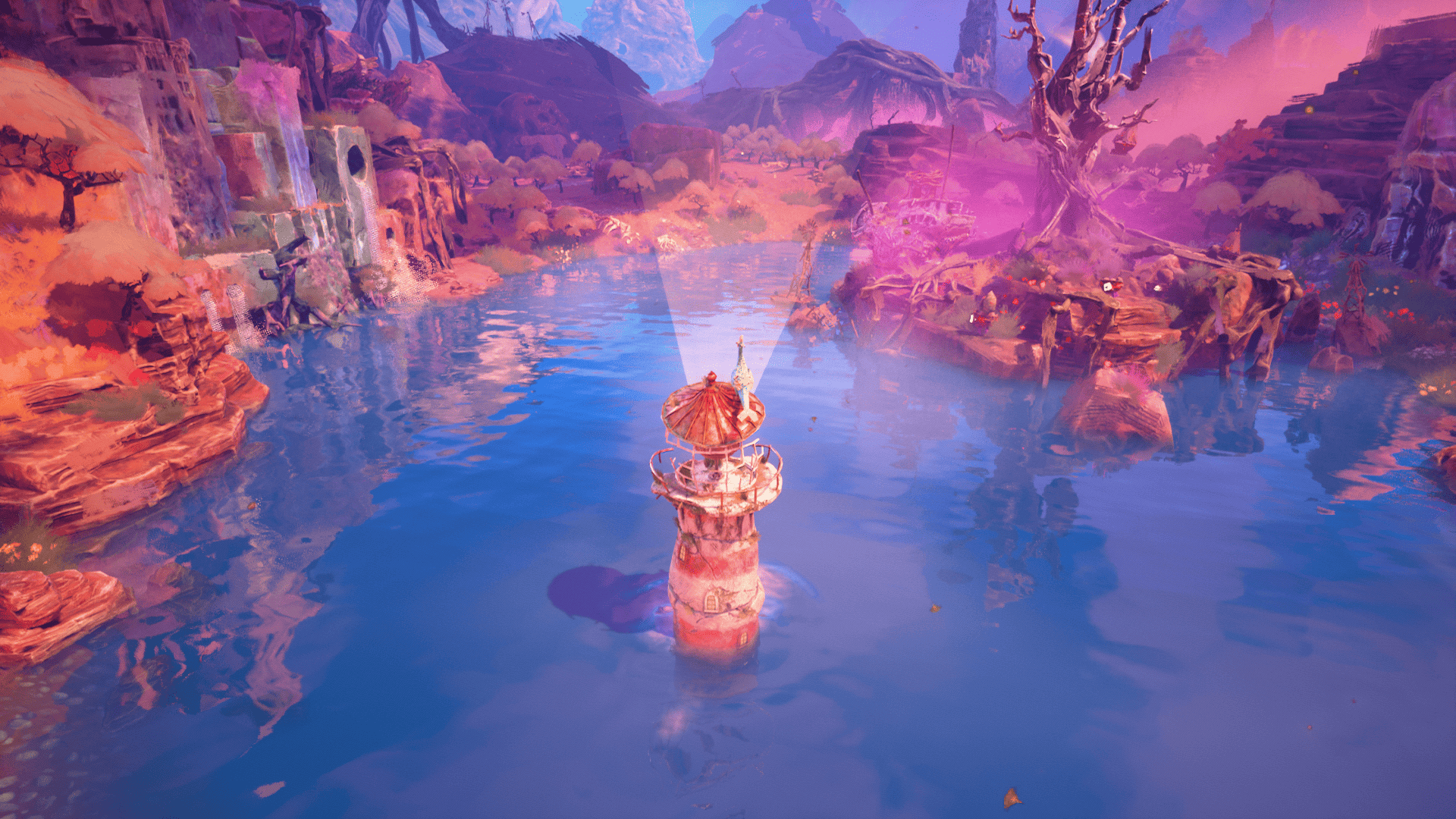
Although each of these transformations has its particularities, the control configuration is simple: one button to run, one to jump, and one to increase the light’s power. The directional buttons serve to move around the screen and to aim the light at places where there’s an action to perform.
Keeper is not, by any means, an action title; in fact, it lacks enemies per se, and the difficulty, which is not very high, lies in solving different puzzles to find the path to the next phase or section of the scenario. Often, the title will present challenges like sending Ramita on a kind of time-traveling journey to become an egg again and using this form to open doors or utilizing different creatures that perform various actions to stabilize platforms or generate ramps, allowing the player to reach sectors that seemed impossible.
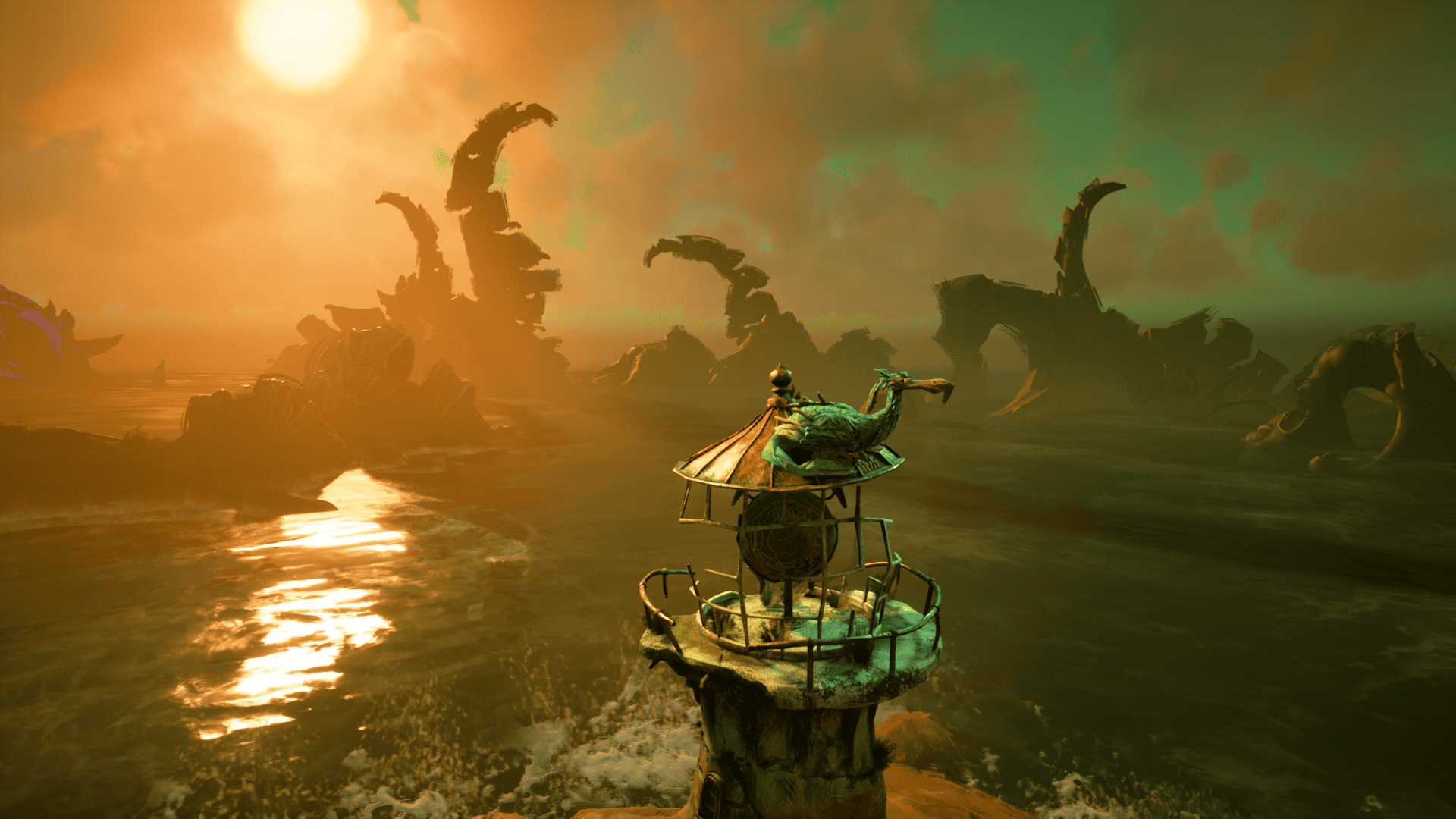
The puzzles are very well thought out, and it’s clear that the team’s mastery in planning the levels is evident. Nothing is out of place, and everything makes sense in terms of where to go. Although the production doesn’t have a map, the player will never feel lost, and finding the exit, or rather, the correct path, goes hand in hand with perseverance and exploration, which is always highly rewarding due to the game’s aesthetic.
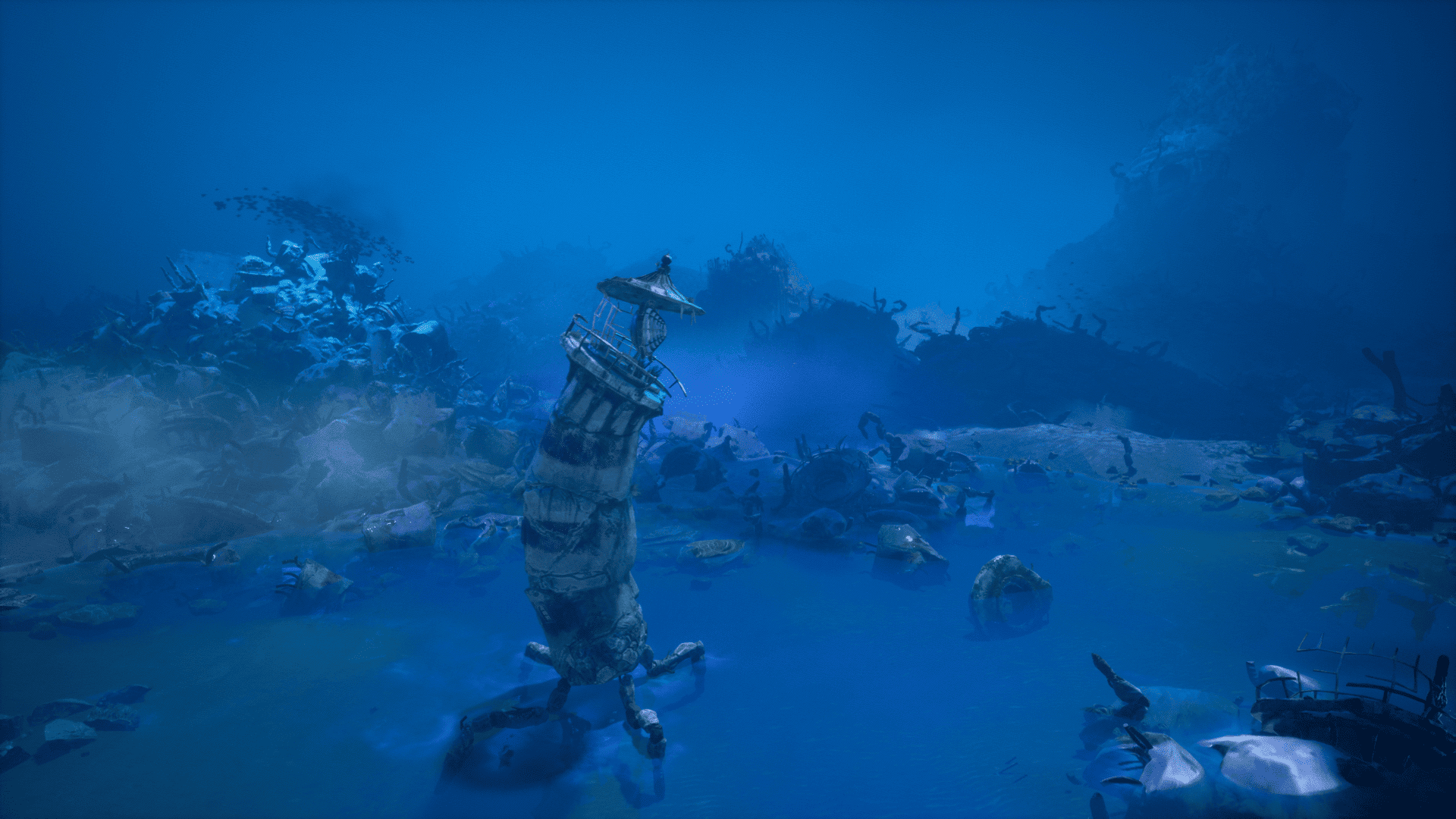
Duration
Keeper contains a total of 39 chapters divided into 4 transformations of the protagonist. During the analysis, it took me around 8 hours to finish the game, although you can add about 4 more hours to obtain all the collectibles and discover the statues of different beings hidden in some parts of the episodes.
DoubleFine’s production doesn’t stand out for its length, but at no point does it feel lacking. The story is loaded with emotion and sympathy until the very end of the final credits, and the number of hours it has allows the player to always enjoy the adventure without it becoming repetitive at any moment.
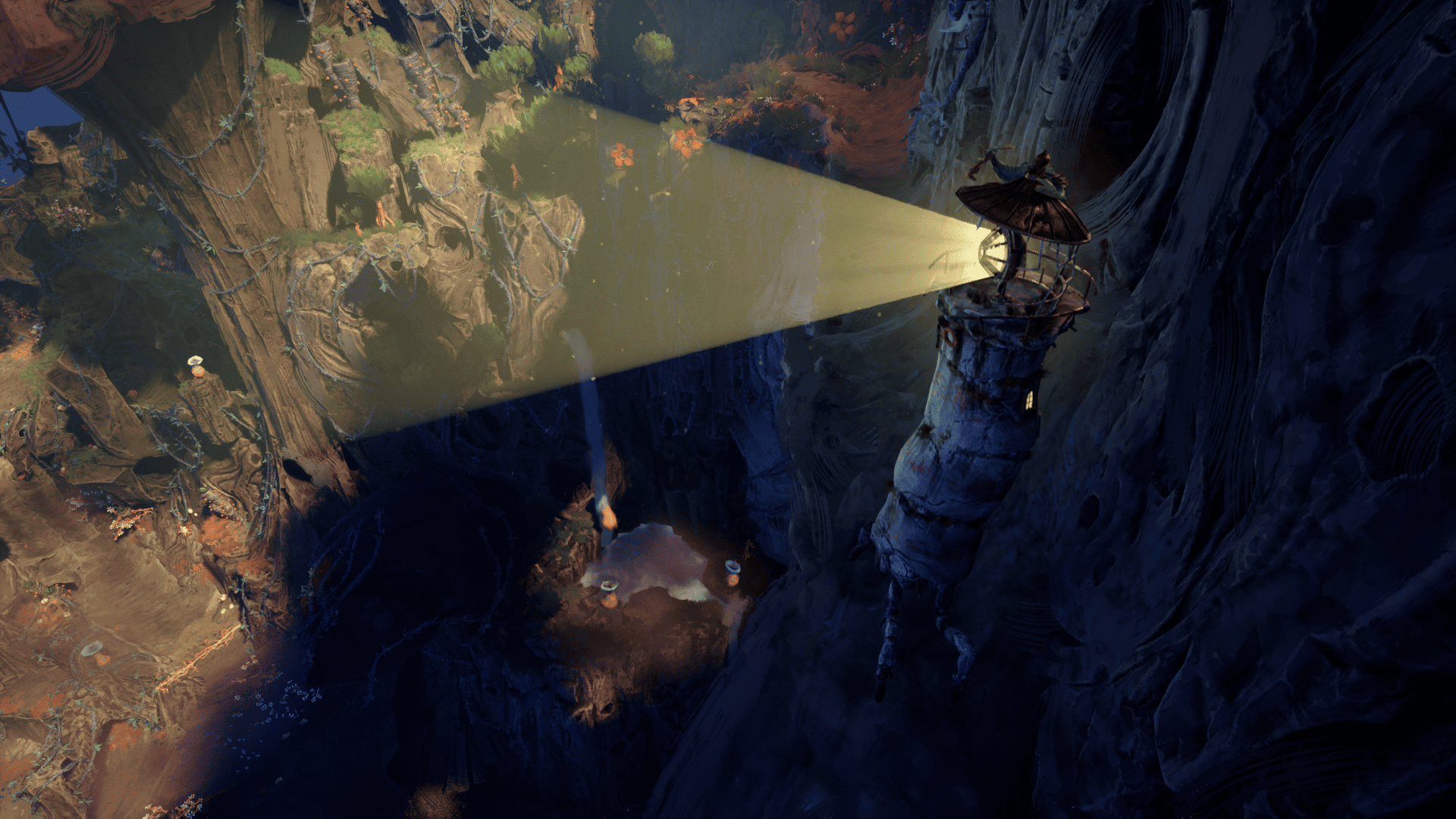
Conclusion
Don’t look for a frenetic action title with constant excitement in Keeper, because you won’t find it here. What you can find is a peaceful proposal, as creative as it seems like a pure lysergic acid trip, in a world of colors, creatures, and sounds that are truly magical, which will invite you to think and enjoy the journey much more than the final destination.
DoubleFine did it again, and I couldn’t wait to see what they have in store for the future. Of one thing I’m certain: it won’t be any less than genius.
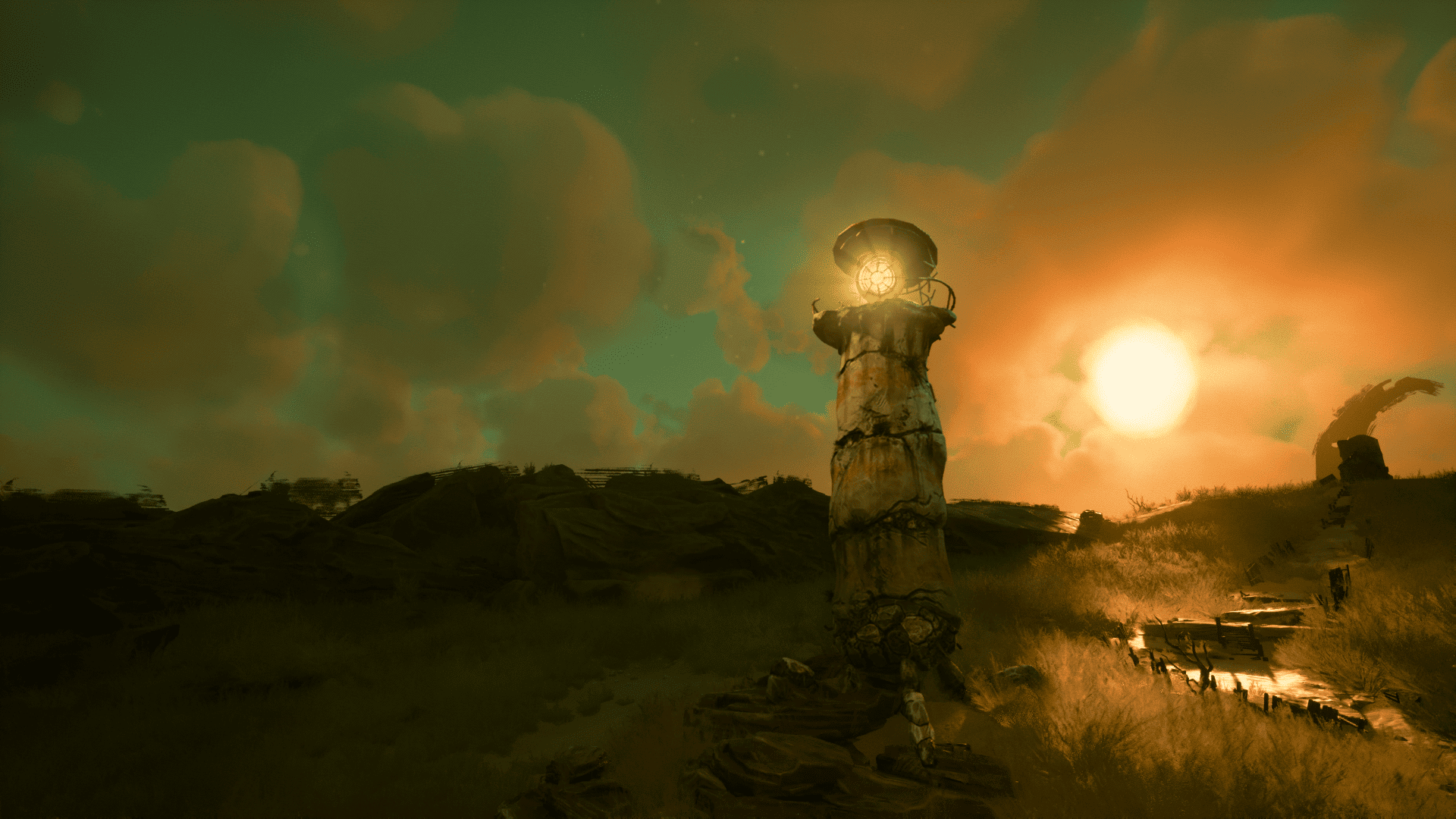
We thank Xbox España for providing the material for this analysis.



